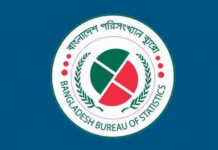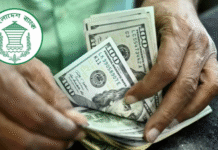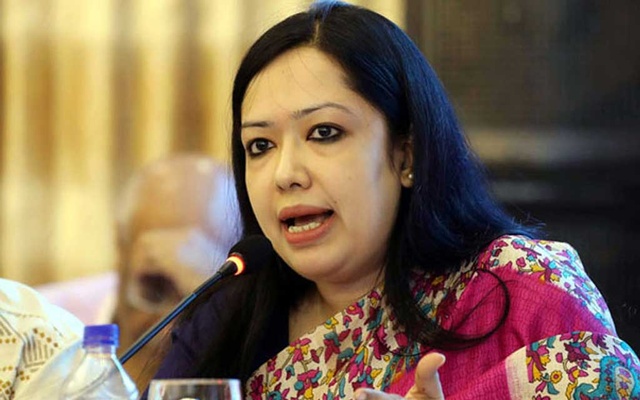Bangladesh’s strategy of borrowing in Japanese yen to sidestep high dollar-based interest rates is showing signs of backfiring, as currency volatility and rising interest rates in Japan begin to take a toll

Highlights:
- Yen loans backfire as currency volatility erodes financial gains
- Bangladesh lost $13M converting yen loan into dollars
- Rising yen and interest rates increase real repayment costs
- Chattogram project faces unsustainable debt without commercial revenue
- Yen loan portfolio grew to $12B in four years
What once seemed like a clever financial move is now becoming a costly burden.
Bangladesh’s strategy of borrowing in Japanese yen to sidestep high dollar-based interest rates is showing signs of backfiring, as currency volatility and rising interest rates in Japan begin to take a toll.
A stark example lies in a recent $600 million budget support loan from the Asian Development Bank, taken entirely in yen. Upon conversion into dollars, Bangladesh lost $13 million to exchange rate differences—money wiped out by currency translation alone.
More such cases are emerging. Last year, the government took a $300 million loan for the Bangladesh Second Recovery & Resilience Development Policy in yen. Another $400 million Climate Resilient Inclusive Development Program loan from the Asian Infrastructure Investment Bank (AIIB) was also denominated in yen. Similarly, a $100 million portion of a World Bank budget support loan for the Resilient Urban and Territorial Development Project was taken in yen.
How a silent burden is growing
Despite the appeal of low interest rates—Japan’s Tokyo Overnight Average Rate (TONA) remains below 1%—the downside risks are growing. The yen has appreciated by about 7% against the US dollar in just one month, and Japan’s interest rates are trending upward. This combination threatens to raise the real cost of repaying yen-denominated loans, especially for a country like Bangladesh, whose reserves are still overwhelmingly dollar-based.
Nowhere is this risk more visible than in the World Bank-financed Chattogram Water Supply Improvement Project. The $280 million loan was split between dollars and yen, with half—¥21.3 billion or $140 million—taken in yen to hedge against dollar interest rate hikes. The rest remains in dollars.
But with repayments nearing, the Chattogram Water and Sewerage Authority (Wasa) is facing an annual debt service burden of over $23 million for six years—around Tk300 crore per year. Officials warn this could severely strain Wasa’s finances, especially as the project does not generate commercial revenues.
Chattogram Wasa Managing Director Muhammad Anwar Pasha said that foreign loan decisions are made at the policy level by the Local Government Division, Finance Division, and the Economic Relations Division (ERD), adding that any action on easing the repayment pressure would require government intervention.
At the same Executive Committee of the National Economic Council (Ecnec) meeting that approved the Chattogram project on 20 April, another major yen loan was greenlit—a $650 million World Bank loan for the Bay Terminal Marine Infrastructure Development Project, of which $400 million will be taken in yen to avoid high market-based interest on the dollar-denominated portion.
The yen-denominated debt is growing fast. ERD data shows that as of 30 June 2024, Bangladesh’s yen loan portfolio stood at nearly $12 billion—up from $7.52 billion just four years earlier.
Rising risks
But Finance Division officials are raising red flags. What was once seen as a strategic hedge now carries mounting risks. Exchange rate fluctuations between the yen and the dollar have exposed Bangladesh to new vulnerabilities, particularly in the absence of a formal policy guiding the use of market-based or non-dollar loans.
ERD and Finance Division insiders now admit such loans may be suitable for commercially viable projects—but not for service-oriented ones like Wasa. Stakeholders argue that concessional or public financing would have been more appropriate for the Chattogram water project to avoid the looming repayment pressure.
“In the aftermath of the Ukraine-Russia war, as global markets trembled and dollar loans became prohibitively expensive, turning to the yen looked like a smart pivot,” said a senior ERD official. “But for countries like Bangladesh, which lack true currency diversification and remain heavily reliant on the dollar, the risks outweigh the rewards.”
The ERD has since cautioned against taking loans in yen, renminbi, or other non-dollar currencies without strong justification. Former Bangladesh Bank chief economist Mustafa K Mujeri echoed these concerns, saying currencies like the yen and Chinese RMB are prone to volatility and are not widely held as reserve assets.
“If you borrow in yen but hold reserves in dollars, currency conversion becomes a risk in itself,” said Mujeri, now Executive Director of the Institute for Inclusive Finance and Development (InM). “The dollar remains the most stable and globally accepted currency.”
Currently, about 18% of Bangladesh’s external debt is yen-denominated, while 37% is in US dollars and 36% in Special Drawing Rights (SDRs).
Cost of loans
While US dollar loans have become more expensive—driven by the US Secured Overnight Financing Rate (SOFR) now exceeding 4%—yen loans still offer more generous terms: 35-year repayment, five-year grace, and interest based on TONA plus a variable margin and 0.5% fees. Still, Finance Division officials say Bangladesh is paying a 2% premium on top of the World Bank’s base rate for some yen loans.
The fine print is now being read with new urgency. A financing strategy once praised for its prudence is fast becoming a silent burden.









